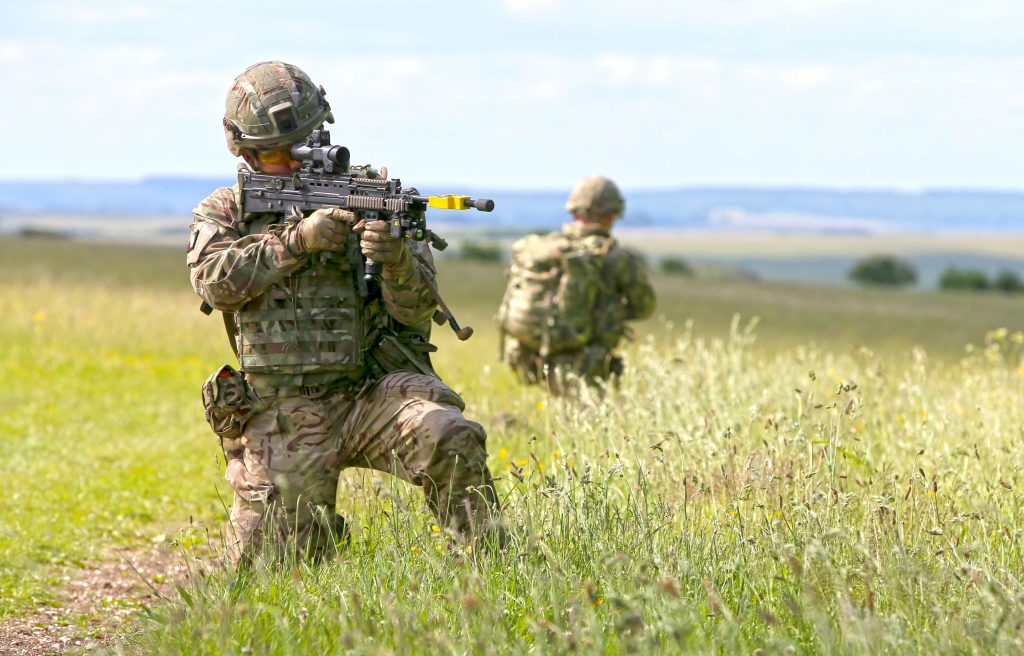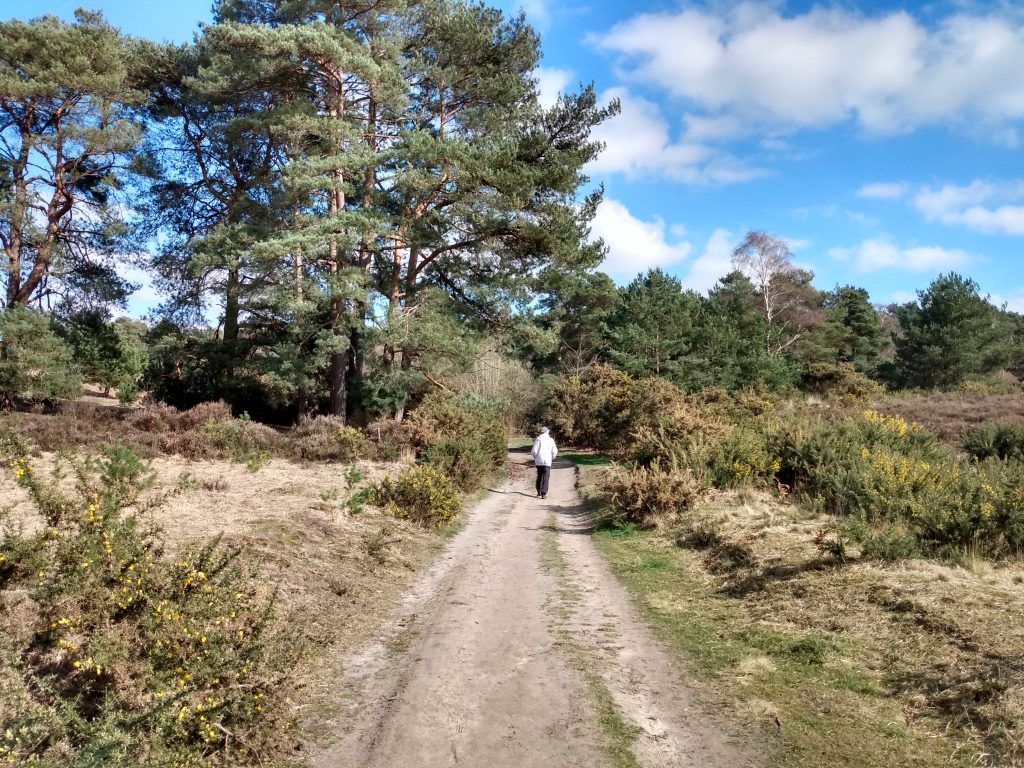
Much of the Ministry of Defence (MOD) training estate is accessible to the public, offering exciting opportunities to explore and discover some of the most beautiful and unique rural areas in the UK.
We understand the many benefits of spending time in the outdoors and encourage people to make best use of MOD land through our partnerships with a variety of charities and specialist organisations. However, we have an important message for all visitors: only access Defence training areas when and where it is safe to do so, in line with MOD guidance and byelaws.
The recent COVID-19 restrictions have meant it is more likely that people are exploring their local area, including military land, for the first time in order to exercise. It is vitally important for new and experienced visitors of the Defence estate alike to understand and appreciate the risks to their personal safety.
As well as putting lives at risk, accessing military training land when it is unsafe to do so can disrupt military exercises. This could impact on our Armed Forces’ preparedness for deploying on worldwide commitments, also wasting taxpayers’ money through vital training having to be delayed or cancelled.
In response, last year we launched the Respect the Range campaign to remind people about the dual usage of the land and the risks posed by accessing it at the wrong times.
The Salisbury Plain and Aldershot Training Areas: A Shared Space

The Respect the Range campaign is currently focused on the Salisbury Plain and Aldershot Training Areas. These are dual access areas of the Defence Training Estate, where families and locals spend time but also where our Armed Forces practise live-fire training.
The land can become dangerous in an instant, as military training can take place at any time both day or night, and much of it is tactical meaning you might not see or hear any activity until it is too late. It is so important for people to follow the access rules and byelaws to keep themselves safe.
We have produced a short film to demonstrate the different ways these areas are used and the potential dangers to the public of accessing the land when military training is taking place. The film features visitors sharing their views and experiences, with military personnel and DIO training safety staff explaining the dangers that people can run into, sometimes unwittingly. These include live firing exercises, unexploded ordnance and fast-moving military vehicles.
How to stay safe on the Defence Training Estate
With COVID-19 lockdown measures still in place across the UK, it is understandable that people who live local to training areas will want to make use of the land as part of their daily exercise routines.
Through the Respect the Range campaign, we are pointing people to resources which they can use to plan their visits and stay safe when using the training estate. A dedicated webpage for the campaign has been created, providing detailed guidance on safe access and linking to the dates and times of military training in each area so that people can check whether training is taking place before they set out. You can also search ‘Aldershot Training Times’ or ‘Salisbury Plain Training Times’ online.

Whether you’re a dog walker, mountain biker, rambler or are simply exploring MOD land in your local area, we ask that you protect yourself and stay safe when accessing the Defence Training Estate. Be sure to check training times before travelling and to observe safety information including red flags, signs and byelaws while using the land. If a red flag is flying, this means that training is taking place and you should not enter the area.
By abiding by these simple rules, everyone has a part to play in helping to ensure that we can all enjoy the land safely, and the military can train uninterrupted.
2 comments
Comment by Dorothy Griffiths posted on
I am so appreciative of the fact that I had the good fortune to participate in voluntary archaeology dig on one of these sites in July 2019.
The name of the site is also synonymous with Salisbury Plains in Jamaica. Many place names in Jamaica are a reflection of the Slavery Plantation colonial era. Additionally, many place names and persons surnames also reflect the same. Food for thought!
Comment by Dr David Gates posted on
For the Aldershot area -the Respect the Range ads are sponsored and are highly targeted ads on social media.
The adverts are intended to, and should, convey an important message. But the imagery and overall message is just not based on facts or balanced evidence. The presentation of danger and the deliberate inclusion of scary things like tanks might work elsewhere but Aldershot really does not bear witness to such training.The positive recognition that the Aldershot military lands are a shared space is welcomed, embraced and worth repeating back